
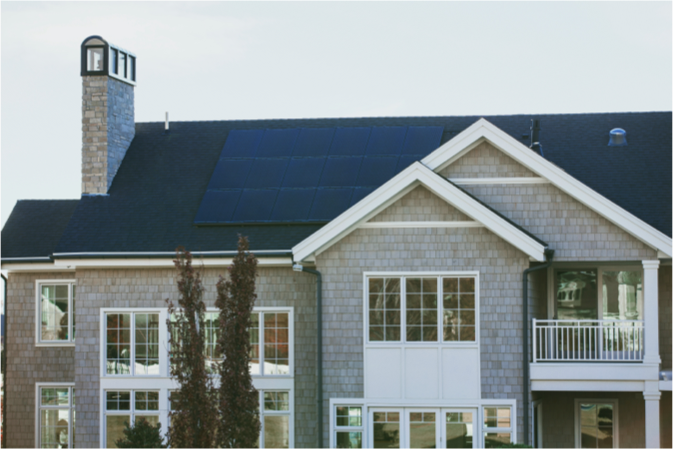
Take our quick survey
1
Initial Consultation
2
Site Survey & Design
3
Permitting
4
Installation
5
City Inspection
6
Utility Connection
ABOUT US
Solar is great for the environment and financial savings, but unfortunately, does not work in every situation.
PeridotPro was created to provide an extension of our knowledge and experience giving our clients the ability to know when solar is right for them and more importantly, when it is not.
When Solar happens to be a great fit, the rest is easy. Our team communicates closely with our clients while handling every step of the process from start to finish. You can have peace of mind knowing our professionals are working hard to ensure we deliver on our promises.
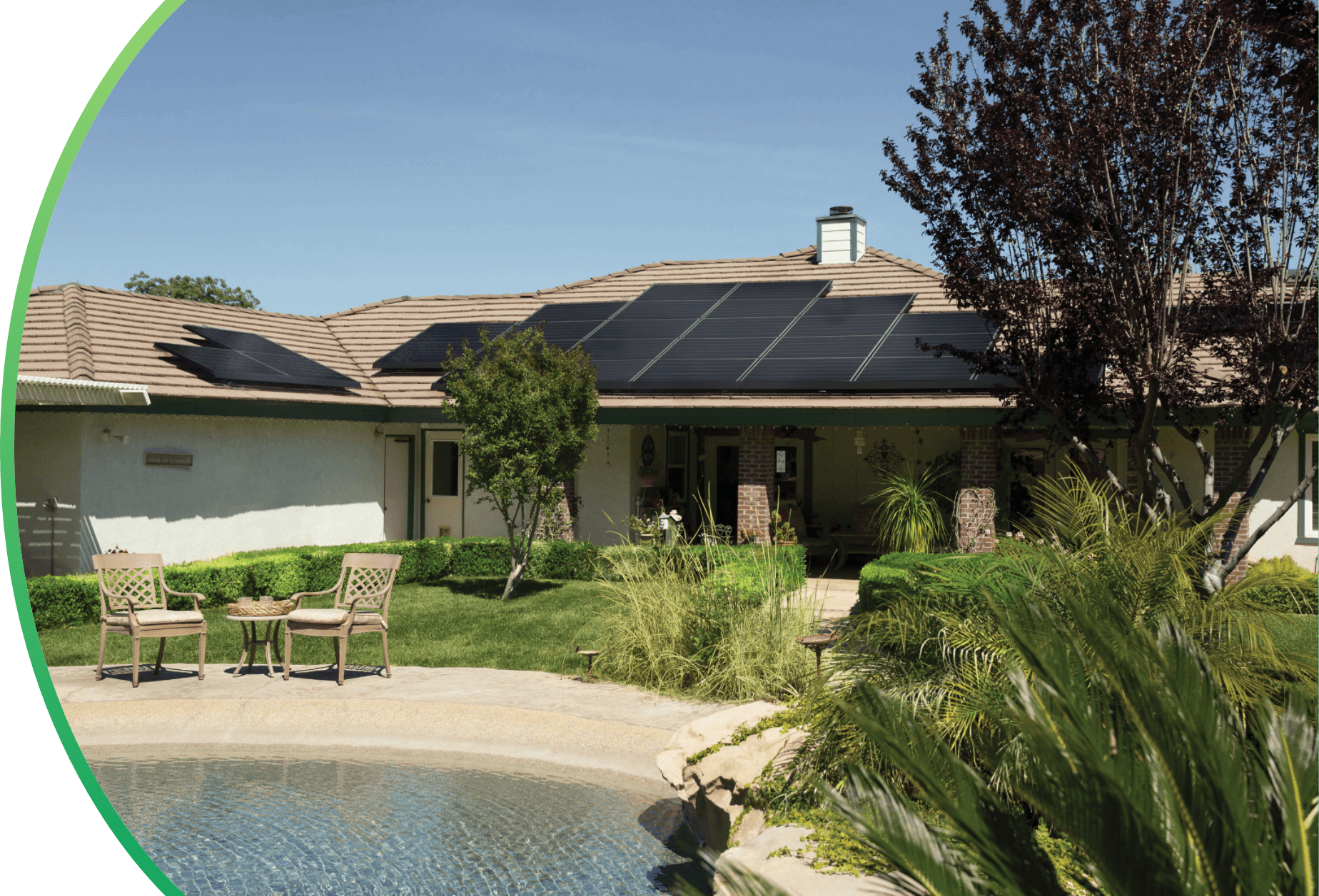
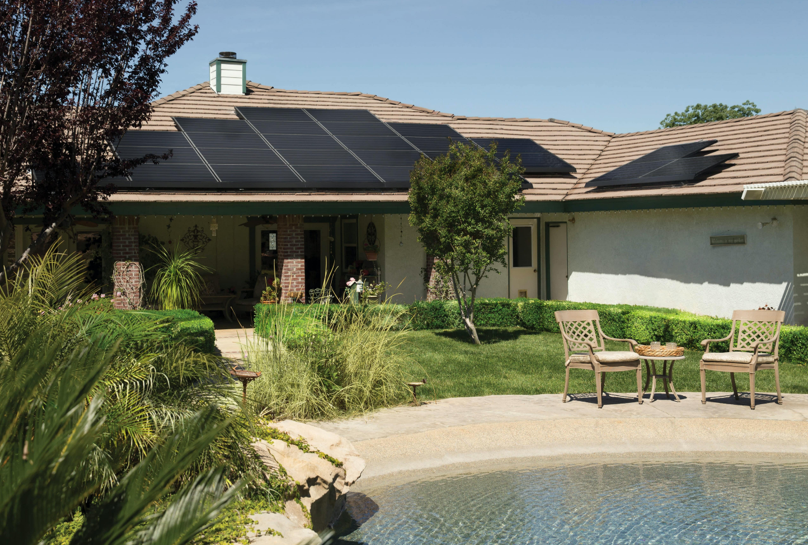
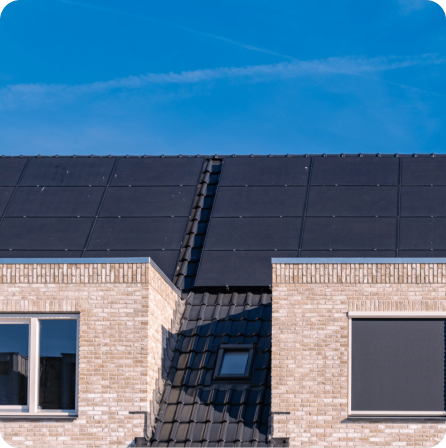
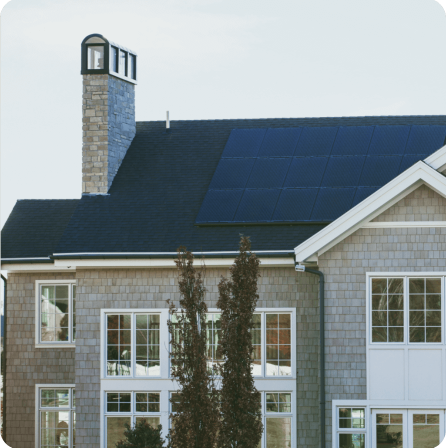
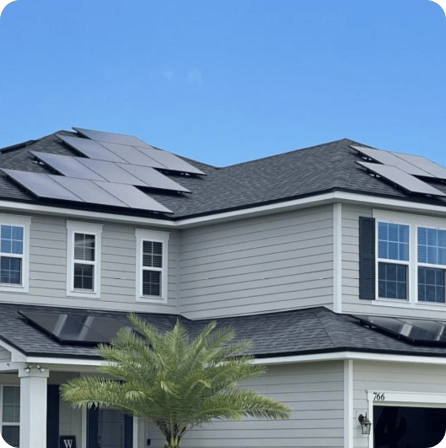
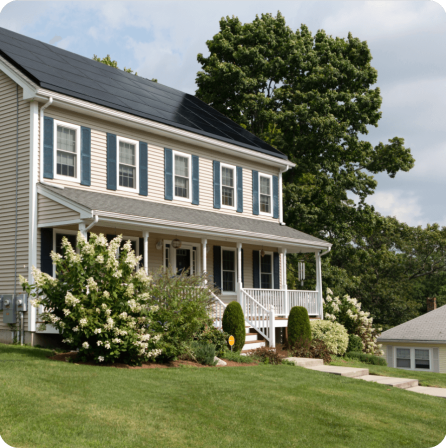
FAQs
Absolutely, but it varies by location. There’s the Federal Investment Tax Credit (ITC), allowing you to deduct 30% of your solar system’s cost from your taxes. Some states and utilities also offer additional tax credits, incentives, and rebates.
